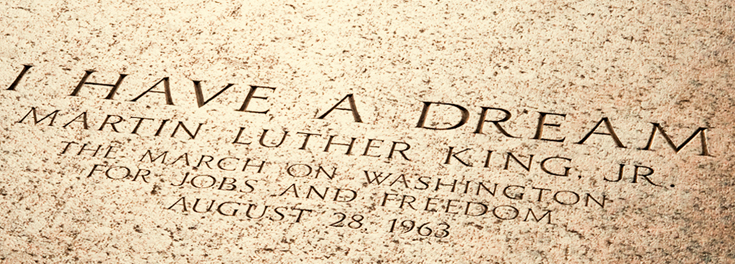
Every February, Americans celebrate Black History Month. It was established in 1926 by Carter G. Woodson, a historian who wanted to ensure that significant contributions made by African American men and women throughout history, would never be forgotten.
Woodson picked the second week of February for what he called Negro History Week because it coincides with the birthdays of two US leaders that helped African Americans gain equality - President Abraham Lincoln (Feb 12) and human rights activist, Frederick Douglass (Feb 14). He encouraged schools and communities across the country to celebrate the week by organizing local events, establishing history clubs and staging performances and lectures. His idea resonated with both African Americans and the progressive white population. By the late 1960's, many college campuses began dedicating the entire month of February to this endeavor and Black History Month was born.

In 1976, President Gerald R. Ford endorsed the celebration, asking the public to “seize the opportunity to honor the too-often neglected accomplishments of African Americans in every area of endeavor throughout our history.”
Since then, Black History Month has been a fixture on the American calendar. Every year the Association for the Study of African American Life & History assigns a unique theme. For 2016 they selected Hallowed Grounds: Sites of African American Memories.
It was picked to highlight the centennial celebration of the National Park Service and the more than twenty-five sites and the Underground Railroad Network to Freedom that are part of America’s hallowed grounds. Among them is the home of Dr. Carter G, Woodson, the mastermind of this celebration. Canada also celebrates the month in February, while the United Kingdom commemorates the event in October.
Resources: history.com